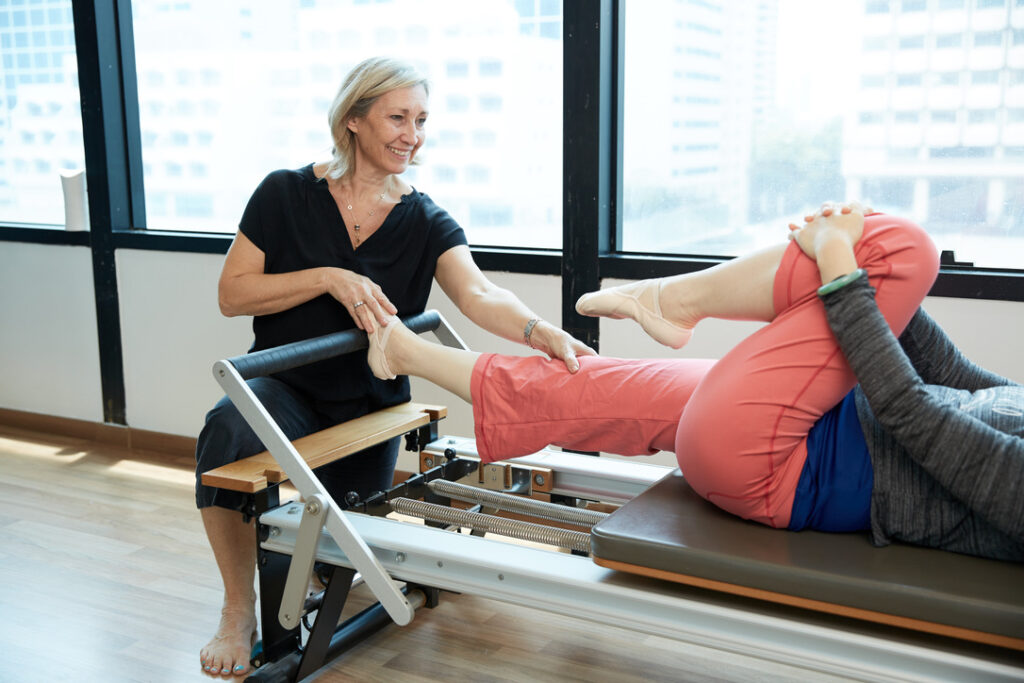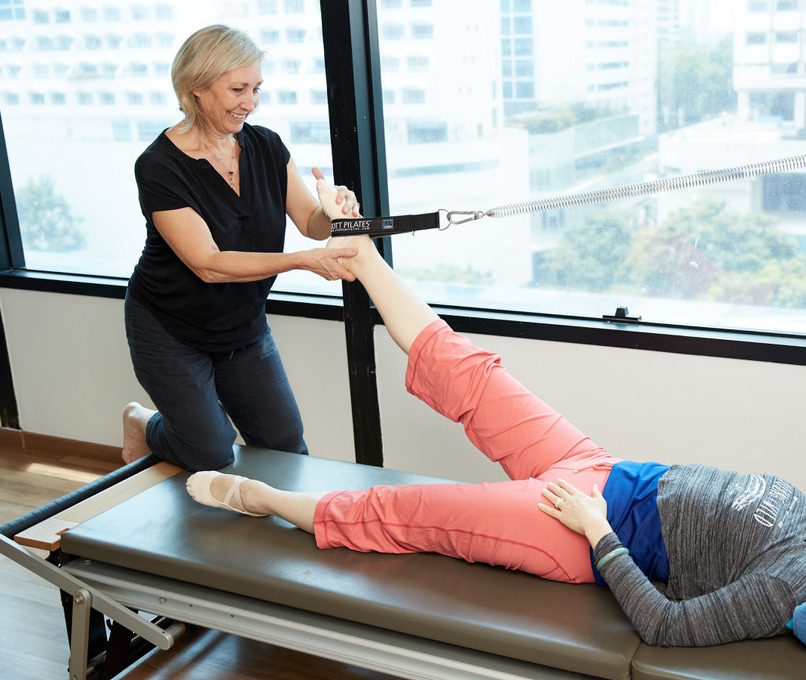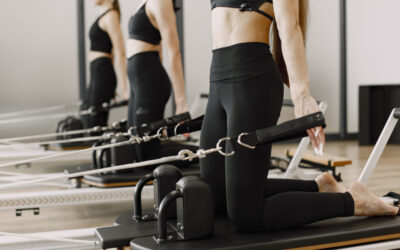Getting Back Into Activity After Childbirth
Getting back into shape after having a child is never easy. The body has gone through many changes and to a certain extent, it is a re-learning process. Doctors may say rest for the first 6 weeks, but this doesn’t mean do nothing for 6 weeks and immediately get back to your pre-pregnancy level of exercise! Your body will not thank you for that.
Your New Body
You now have a little one to look after and this puts new stresses on the body, so we need to use our body efficiently and effectively. As the baby starts getting bigger, learning how to lift, transfer, and carry your baby is very important.
We don’t actually think of this as exercise, but with weak pelvic floor muscles from a vaginal delivery, or post surgical abdominal weakness from a Caesarian section, all of this is certainly stressful on the recovering body. Just getting a newborn in and out of a taxi, sorting out the push chair and all the baby accessories that we carry around with us, can be a marathon task!

Light Exercises For Your Body
There are many exercises that can be done safely in this ‘resting’ period to gently retrain the muscles and remind the body on how to get it back to normal. Everyone’s delivery is different and because of this it’s really important that you consult your doctor and a women’s health trained physiotherapist to find out exactly what is right for you.
Gradual return and correct technique is the key! It’s about getting the basics back in action then building on a strong foundation. Our bodies are very clever at following the path of least resistance. This means that if one body part isn’t doing it‘s job quite correctly, it’s neighbour can find a way of taking over the job! In other words, our body subconsciously tend to do what’s easiest and compensate for what isn’t quite working correctly.
Body Changes After Childbirth
After childbirth, our body may be more flexible in certain areas, stiffer in others, and the core is most likely not as toned and strong as before. This means that we find it even easier to compensate as so many things have changed during the pregnancy phases.
For example, if the back, is a bit more bendy and the abs are not as strong, we may compensate by arching the back excessively in yoga, or allowing extra strain on the back whilst doing an abdominal workout in floor classes. We could overload the knee and ankle during tennis if our pelvis and hips are not quite as controlled as before. It’s really easy to do this without realising as we are so focused on just getting back into exercise. This can result in injuries that you can really do without!
Physiotherapists To The Rescue

Your physiotherapist is your best friend. They can help you to safely return to activity, taking into consideration your type of delivery, previous level of fitness, new stresses on the body and many other factors. Sometimes, it’s just personal preference as to which form of exercise you choose. Other times, it’s can be an educated suggestion from your Physiotherapist as to which would work best for you. Together we can go through the movements where you may be at risk, to ensure you return safely to your chosen activity and ensuring that your body is ready and able.
A gradual return and correct technique is the most important component. Making you aware of your body’s limitations and showing you how you can modify exercises to maximise their benefits will enable you to be confident in activity.
Whatever post natal phase you are in, your women’s health physiotherapist can help. So, don’t be shy to ask them!
Written By: Rowena Chance, MCSP (Chartered Physiotherapist UK)
Rowena is a highly experienced Physiotherapist and Clinical Pilates Instructor with over 36 years of experience working in large hospitals, private practice and even ‘on the field’ at the Hong Kong Sevens Rugby tournament. While she has a strong background in sports physiotherapy, her clinical interests includes women’s health particularly ante- and post- natal problems and pelvic disorders often presenting as hip or back pain

